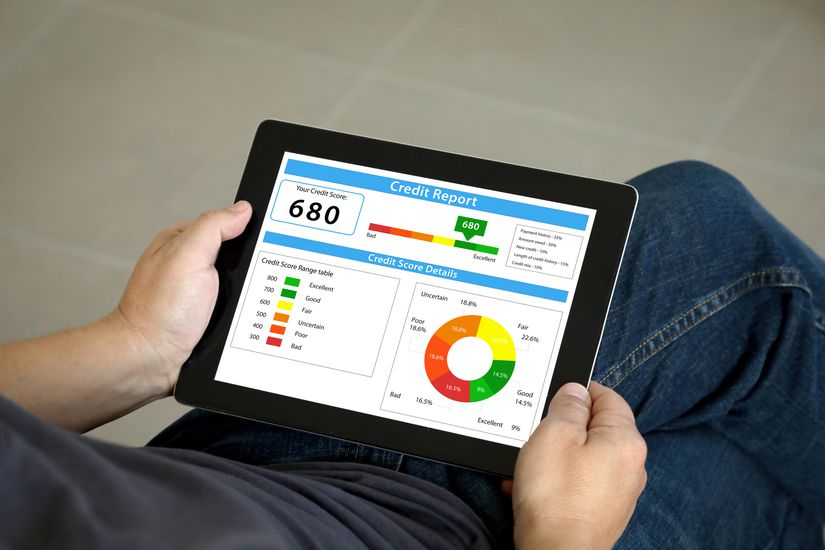Take Credit
Do your shoulders tense up every time Credit Karma sends you an email urging you to check your credit score? You're not alone. As much as you may dread having to deal with credit scores, having an accurate credit report is essential: It can impact your ability to borrow money, the interest rates you'll get, your chances of landing a job, acquiring insurance, securing a rental property, and more. If you've noticed an error or discrepancy in your credit report, it's important to dispute it as soon as possible. Follow these steps to learn how to successfully dispute a credit report and win.
Related: 7 Simple Ways to Save Money Now

















